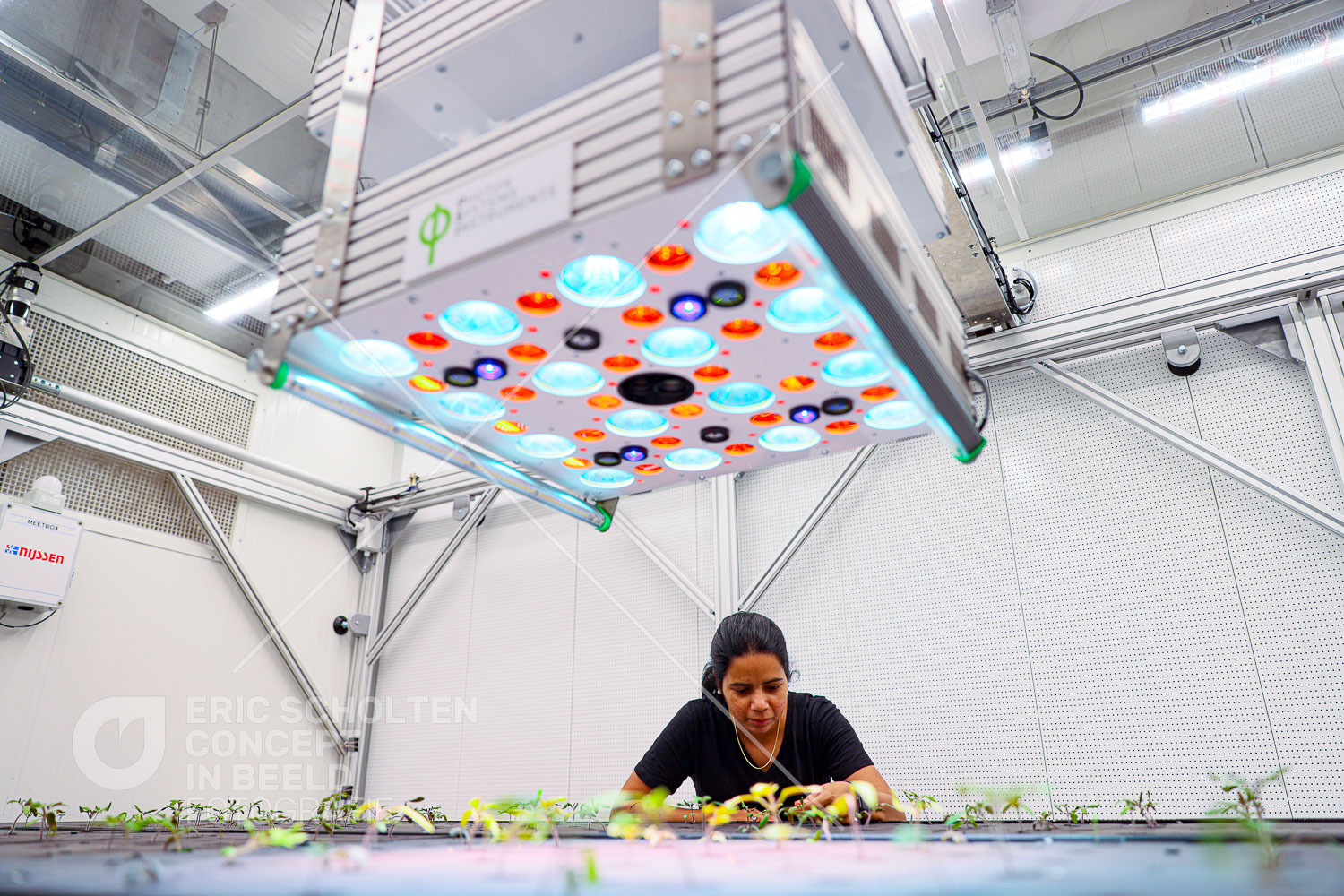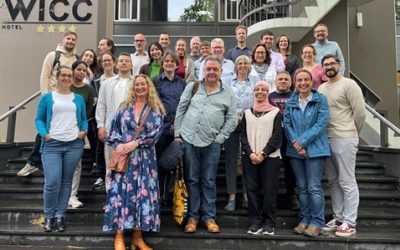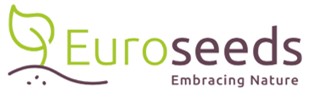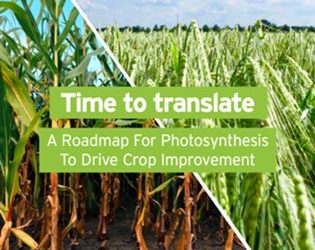
The global demand for agricultural goods is expected to rise by 1.1% year until 2050, making it crucial to ensure long-term food security for the growing population. Enhanced irrigation, fertilization, mechanization, and selective breeding have increased crop yields, but yield per hectare has plateaued in recent years. Improving yield potential through photosynthesis may be an opportunity. Photosynthesis is a key mechanism that generates oxygen, regulates climate, and drives physiological activities like crop production. However, the fluctuating pattern of light availability time in the plant canopy requires an examination of physiological reactions to these fluctuations. Understanding the mechanisms of adaptation to dynamic light conditions is critical for improving photosynthesis in the field and increasing overall crop yield.
Wageningen University and Research team conducts extensive phenotyping in the Netherlands Plant Eco-phenotyping Centre (NPEC) for photosynthetic traits in tomato. NPEC provides high-resolution plant data, enabling automatic phenotyping for faster plant breeding and faster market entry for new crop varieties. The growth chambers at NPEC can accommodate 300-560 tomato genotypes, allowing researchers to record plant growth, and performance under controlled environmental conditions, enabling better measurement of genetic variation in plants. The system utilizes imaging systems and sensors, utilizing automation and robotics for phenotyping. Light quality and quantity can adjusted with natural daylight simulations and adjustable temperatures. Phenotyping technologies include imaging systems for the visible light spectrum (RGB), invisible light spectrum, chlorophyll fluorescence imaging and thermal imaging.
The study at WUR by CAPITALISE investigates the short-term responses of a Multi-parent Advanced Generation Inter-Cross (MAGIC) tomato population which combines the allelic diversity of four contrasting genotypes to irradiance fluctuations and transient cold stress using chlorophyll fluorescence. We identify substantial and consistent variation in the quantum efficiency of PSII photochemistry (ΦPSII), which responds dynamically to irradiance changes. The study also reveals how genotypes adapt and recover after cold stress. Further exploration revealed multiple qualitative trait loci (QTL) regions for several photosynthetic traits that determine which genetic factors influence these traits. These targeted approaches can also be beneficial for tomato growers who can grow tomatoes at lower temperatures which cuts the cost of heating.


